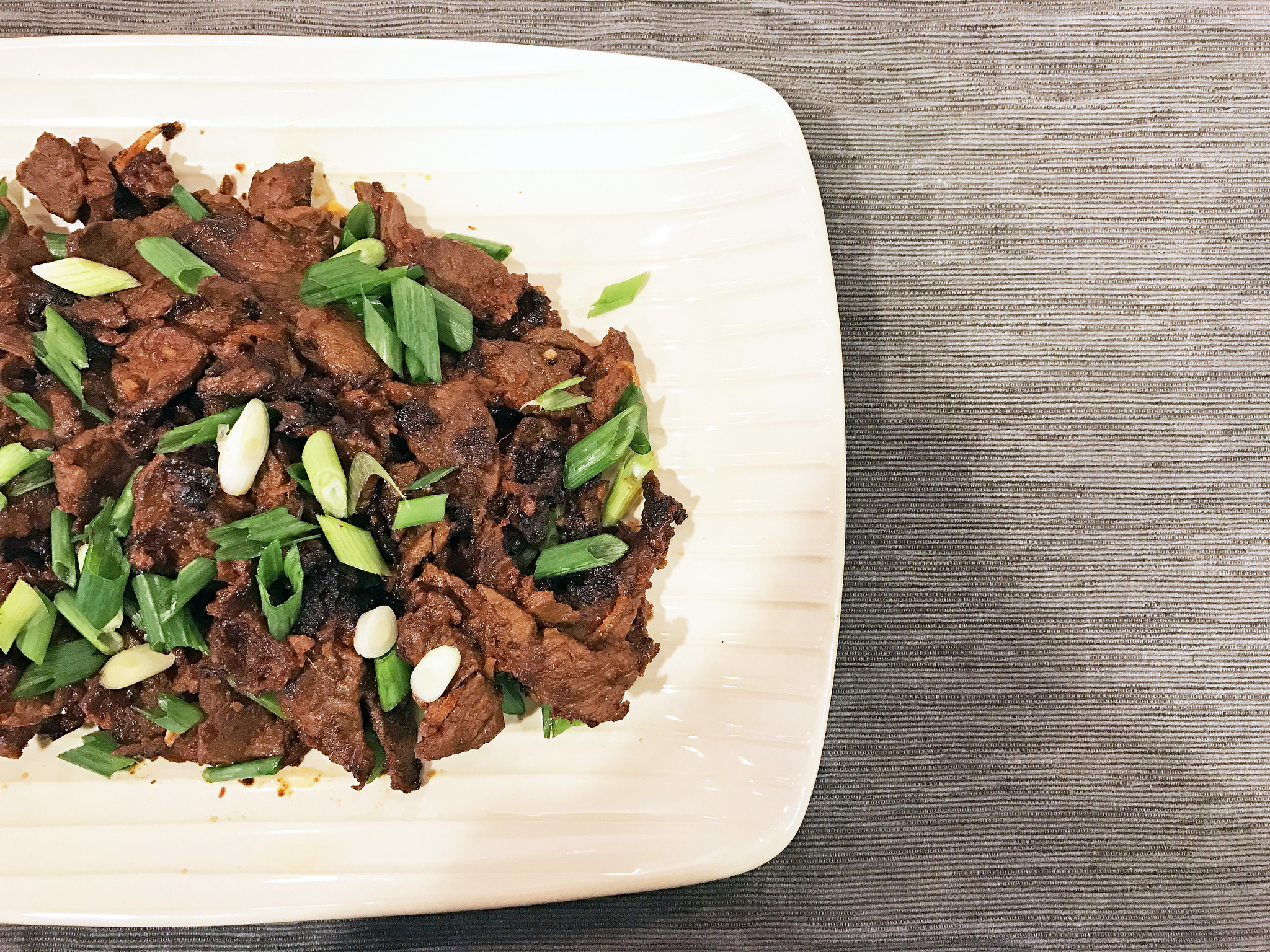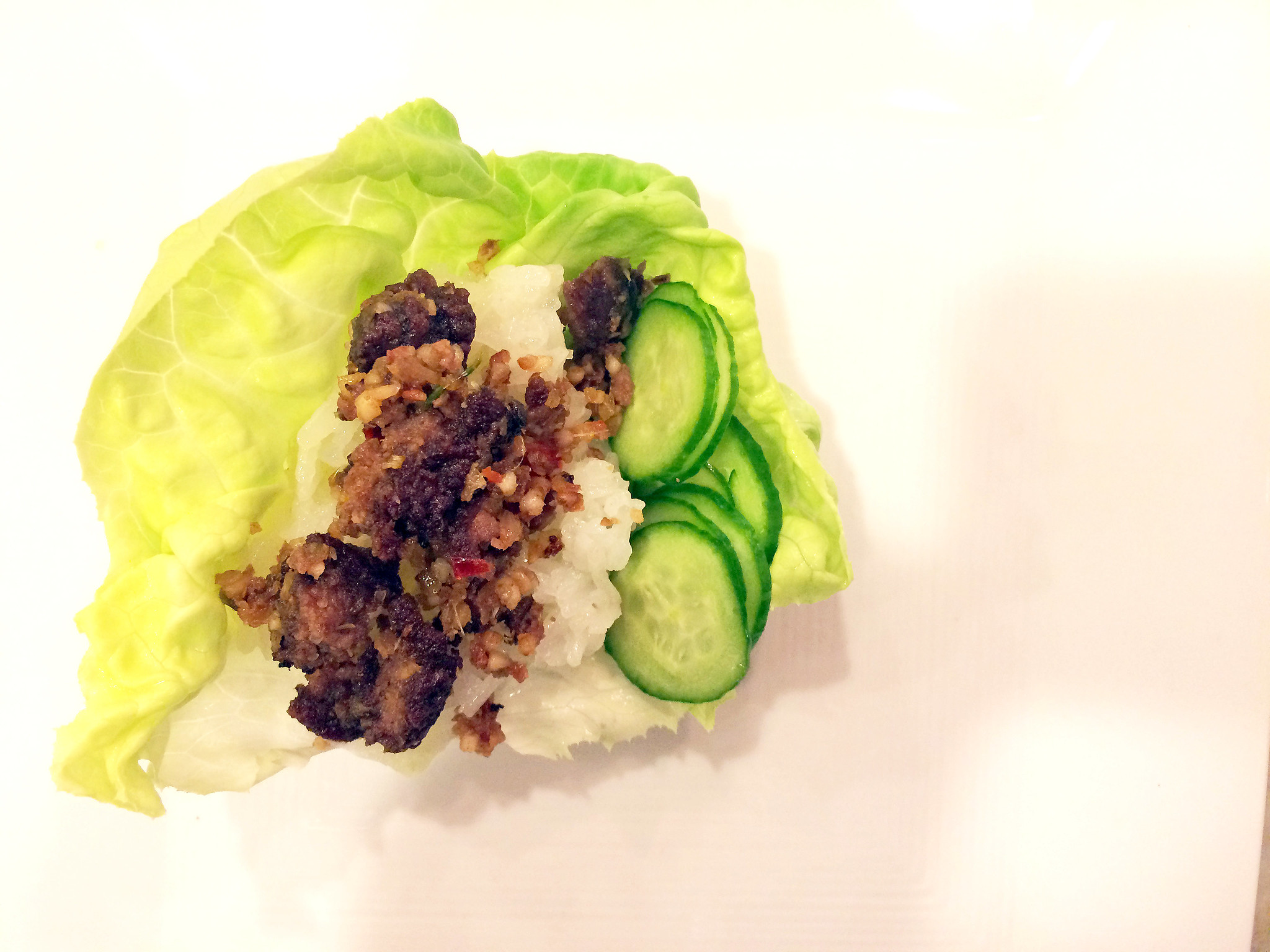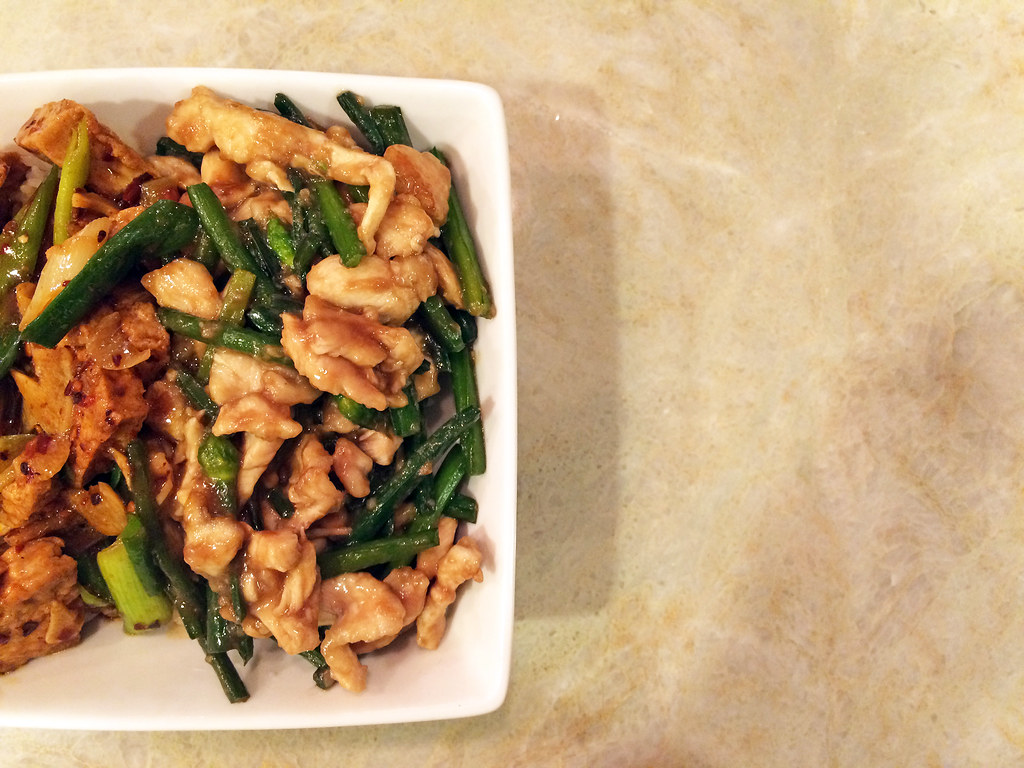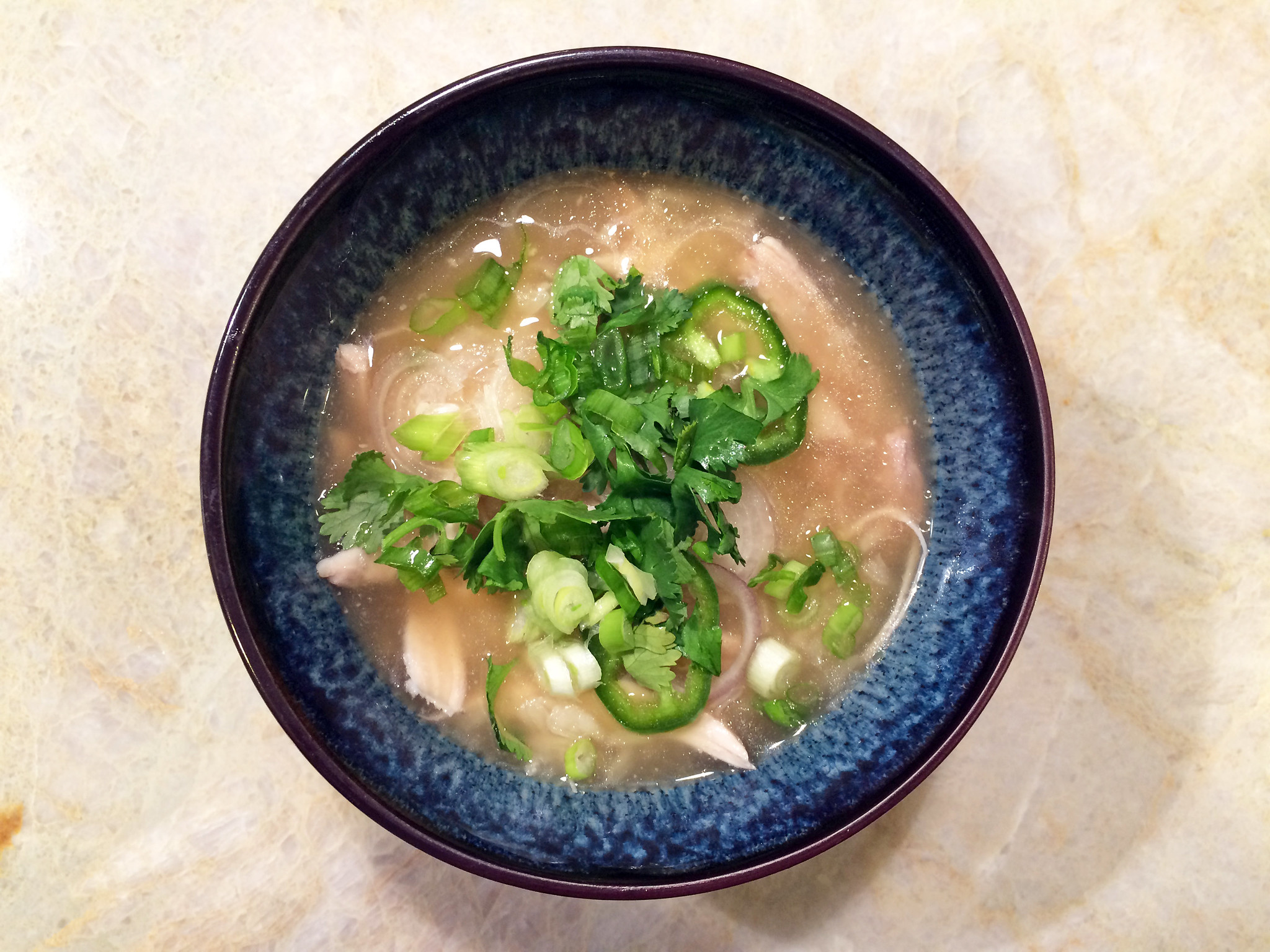The weather may be warming up (at least in California) but grilling season is still a couple of months away. In the meantime, I’ve been satiating my cravings with this spicy beef bulgogi: it’s easy to make on the stovetop but the flavor still imparts a pleasant smoke and char.
This marinade is endlessly adaptable and the final dish is fun to enjoy as a group. I served this alongside lettuce leaves, sticky rice, and homemade ssamjang, or Korean barbecue sauce. I include the recipe for my version below.

Ingredients:
For the bulgogi:
1/3 pear, grated
1 garlic clove, grated
2 tablespoons soy sauce
1 teaspoon gochugaru (Korean red pepper flakes)
1 tablespoon grated peeled ginger
1 tablespoon brown sugar
1 tablespoon sesame oil
1 pound hanger steak, boneless short rib, or sirloin
2 tablespoons olive oil, divided
sliced green onions, for serving
For the ssamjang:
5 tablespoons doenjang (Korean fermented soybean paste)
3 1/2 tablespoons gochujang (Korean red chile paste)
1 tablespoon chopped walnuts (optional)
1 1â„2 tablespoons rice syrup
1 tablespoon minced white onion
1 tablespoon sesame seeds
1 tablespoon sesame oil
1/2 green onion, sliced
1 or 2 garlic cloves, minced
1. Marinade the beef: combine pear, garlic, soy sauce, gochugaru, ginger, sugar, and sesame oil in a large resealable plastic bag or bowl. Slice meat into very thin strips. Add to marinade, seal bag, and squish everything around until the meat is coated. Let sit at room temperature 30 minutes or chill up to 8 hours.
2. Make the ssamjang: In a bowl, add all the ingredients; stir until combined. Set aside.
3. Heat 1 tablespoon olive oil in a large skillet over medium-high until oil is shimmering. Remove half of meat from marinade, letting excess drip back into bag; cook in a single layer without moving until lightly browned, about 2 minutes. Toss meat and continue to cook, tossing occasionally, until cooked through and crisp at edges, about 4 minutes. Transfer to a plate. Repeat with remaining 1 tablespoon olive oil and remaining meat. Serve topped with green onions.




